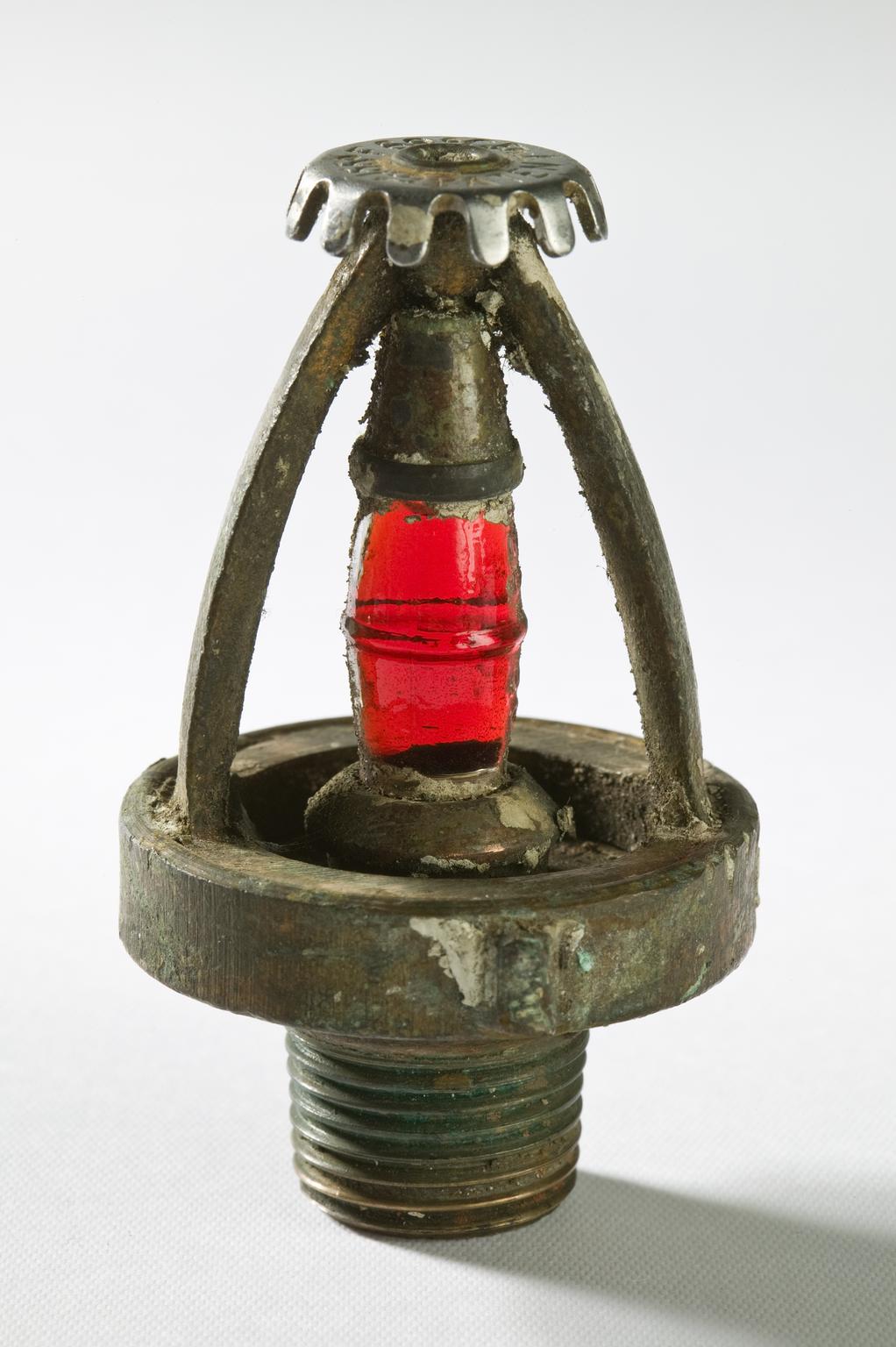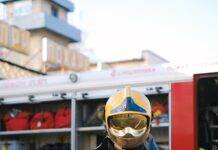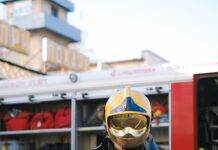
Fire Sprinkler System: A Comprehensive Guide
Fire safety is a critical aspect of any building, whether it’s a residential space, a commercial complex, or an industrial facility. One of the most effective tools for preventing the spread of fires and minimizing damage is the fire sprinkler system. In this article, we’ll delve into the key aspects of fire sprinkler systems, their types, benefits, installation process, maintenance, and much more.
How Fire Sprinkler Systems Work
Fire sprinkler systems are a network of pipes, valves, and sprinkler heads strategically installed throughout a building. These systems are designed to detect and respond to fires automatically. Each sprinkler head is equipped with a heat-sensitive element. When the temperature nears a specific threshold due to a fire, only the sprinkler closest to the fire source activates, releasing water to suppress the flames.
Types of Fire Sprinkler Systems
Wet Pipe Sprinkler System
The wet pipe system is the most common type. It is always filled with water under pressure, allowing for an immediate response when a sprinkler head is activated.
Dry Pipe Sprinkler System
In areas prone to freezing temperatures, the dry pipe system uses pressurized air or nitrogen instead of water. This prevents pipe bursts due to freezing, ensuring water is released promptly when a sprinkler is triggered.
Pre-Action Sprinkler System
The pre-action system is ideal for environments with sensitive equipment or valuables. It requires two triggers: a fire detection signal and the activation of a sprinkler head. This minimizes accidental discharges.
Deluge Sprinkler System
Common in high-hazard areas, the deluge system releases water from all sprinkler heads simultaneously when triggered. It’s suitable for spaces where rapid fire control is crucial.
Benefits of Installing Fire Sprinklers
Fire sprinklers offer a range of advantages that significantly enhance fire safety measures in buildings:
Rapid Fire Suppression
Sprinklers react instantly to a fire outbreak, suppressing flames in the early stages and preventing the fire from spreading.
Property and Life Protection
The system’s swift response safeguards both occupants and property, reducing the risk of injuries and damage.
Reducing Water and Smoke Damage
Sprinklers target the source of the fire, using less water than firefighters would, minimizing overall water damage. Additionally, they help reduce smoke damage by controlling the fire’s growth.
Lower Insurance Premiums
Many insurance companies offer reduced premiums for buildings with fire sprinkler systems due to their proven effectiveness in limiting fire damage.
Components of a Fire Sprinkler System
A fire sprinkler system comprises several crucial components:
Sprinkler Heads
These are the most visible part of the system. They come in various types designed for specific purposes, such as controlling fires involving flammable liquids or preventing flashovers.
Pipes and Fittings
The network of pipes distributes water throughout the building. Fittings connect the pipes and direct water flow to the sprinkler heads.
Control Valves
Control valves regulate water pressure and ensure water flows only when a sprinkler head is activated.
Alarms and Detectors
Smoke detectors and heat sensors provide early fire detection, triggering the sprinkler system.
Installation Process
Installing a fire sprinkler system involves several key steps:
System Design and Planning
Qualified professionals assess the building’s layout and fire hazards to design an effective system that covers all areas.
Pipe Installation
Pipes are strategically placed throughout the building, connecting to the main water supply.
Sprinkler Head Placement
Sprinkler heads are positioned based on the area they need to cover and the potential fire risks.
Connection to Water Supply
The system is connected to a reliable water source, ensuring an immediate water supply during a fire emergency.
Routine Maintenance and Inspection
Regular maintenance is essential to ensure the system’s functionality:
Regular Visual Inspections
Building occupants should conduct visual checks to ensure sprinklers are unobstructed and free from damage.
Testing the System
Professional inspections involve testing individual sprinklers and the entire system to guarantee proper operation.
Winterizing in Cold Climates
In areas prone to freezing, steps should be taken to prevent pipes from freezing and bursting during winter.
Common Misconceptions about Fire Sprinklers
Addressing misconceptions is crucial for understanding the system’s benefits:
“All Sprinklers Will Activate Simultaneously”
Only the sprinkler(s) closest to the fire’s heat will activate, minimizing water damage.
“Water Damage Is Worse Than Fire Damage”
The controlled release of water by sprinklers minimizes water damage compared to firefighting efforts.
“Smoke Alarms Are Enough”
Smoke alarms provide early warning, but sprinklers actively suppress fires, preventing them from growing.
Fire Sprinklers in Residential Buildings
Fire sprinklers are increasingly being adopted in homes:
Customization for Home Use
Residential sprinklers are designed to fit within the aesthetics of a home, often blending into ceilings.
Enhancing Safety for Families
Sprinklers provide invaluable protection, allowing more time for families to escape a fire.
Fire Sprinkler Regulations and Codes
Adhering to regulations and codes is essential:
National Fire Protection Association (NFPA) Standards
NFPA provides guidelines for system installation, maintenance, and inspection.
Local Building Codes
Local regulations determine the specific requirements for fire sprinkler systems in buildings.
Cost Considerations
Installing fire sprinklers involves initial costs but offers long-term benefits:
Initial Installation Costs
Costs vary based on the building’s size, complexity, and chosen system type.
Long-term Savings
Sprinklers can significantly reduce fire-related damage, leading to lower repair costs.
Case Studies: Successful Fire Sprinkler Saves
Real-world examples highlight the effectiveness of fire sprinkler systems:
Commercial Spaces
Numerous businesses have benefitted from minimized fire damage, leading to faster recovery.
Industrial Facilities
Fire sprinklers have prevented catastrophic fires in industrial settings, safeguarding workers and equipment.
Future Innovations in Fire Sprinkler Technology
Advancements continue to improve fire sprinkler systems:
Advanced Detection Mechanisms
Enhanced sensors can detect fires even earlier, triggering quicker responses.
Integration with Smart Building Systems
Sprinklers are being integrated into building management systems for improved control and monitoring.
How to Choose the Right Fire Sprinkler System
Selecting the appropriate system requires careful consideration:
Risk Assessment
Identify potential fire risks in the building to determine the system’s requirements.
Property Type and Use
Different spaces have varying needs; residential, commercial, and industrial spaces each have unique considerations.
Local Regulations
Adhere to local fire safety regulations and codes when choosing and installing a system.
Conclusion
Fire sprinkler systems are a vital component of comprehensive fire safety strategies. Their ability to swiftly suppress fires, minimize damage, and protect lives is unparalleled. Whether in homes, offices, or industrial settings, the installation of a well-designed fire sprinkler system is an investment that offers peace of mind and valuable protection against the devastating effects of fires.
FAQs
Q: Are fire sprinklers only suitable for commercial buildings? A: No, fire sprinklers are beneficial for all types of buildings, including residential homes.
Q: Do fire sprinklers activate in response to smoke? A: No, fire sprinklers respond to heat. Each sprinkler head has a heat-sensitive element that triggers when temperatures reach a specific level.
Q: Can fire sprinklers cause more water damage than the fire itself? A: No, fire sprinklers are designed to release a controlled amount of water, minimizing water damage compared to firefighting efforts.
Q: Are fire sprinkler systems expensive to maintain? A: Routine maintenance costs are relatively low compared to the potential costs of fire-related damages.
Q: Can I install a fire sprinkler system in an existing building? A: Yes, it’s possible to retrofit a fire sprinkler system into existing buildings, although the process may vary based on the building’s structure and layout.
























